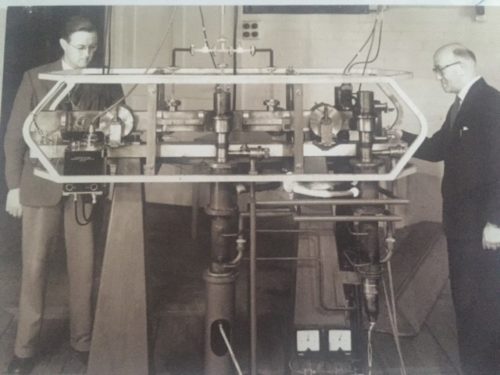Life & Times
Written by: Tony Harris, January 15, 2016
All life has a concept of time. Most humans will glance at a watch or clock several times a day to‘re-calibrate’ our internal clock. Dogs, they say, use the strength to a scent to determine time. I am not sure how they know that. Animals and plant life use the varying time of daylight and darkness to determine the change season, along with other factors.
Then governments outside of equatorial regions impose this inane concept of ‘summer time’ or ‘daylight savings’ to confuse us. We have George Hudson to thank for that, he invented the concept in 1895. In 1874 Benjamin Franklin tackled the issue of economizing on candles and suggested just getting out of bed earlier; seems to me a much simpler solution.
Alas, I digress. The problem with the use of the hours of the day for time, as in the combined hours of daylight and darkness and so the earth’s rotation, is that the Earth’s rotation is irregular and the solar day (The time taken for a full rotation of the earth on its axis with respect to the sun) is actually getting longer. So we need a more accurate method of measurement.
The first Atomic clock was invented at the NPL in London, UK. The National Physical Laboratory recently celebrated its 60 year anniversary.

|
Today there are several atomic clocks at over 50 research labs worldwide and the official time standard or TAI (International Atomic Time) is set by comparing these via a GPS signal and then averaging of them. Most of us use GMT or UTC as our standard. But the TAI is now 36 seconds ahead of UTC. So if you feel that time is getting ahead of you – it is.
I was lucky enough to visit the NPL last week; I met with Christian Baker who is working there on a project to develop better techniques for full breast screening. He is using E&I’s custom 14P50 RF amplifier unit to drive his array of transducers as part of his phase insensitive detection system.
A lot of ultrasound research is being carried out at NPL. It certainly has a rich history and a vibrant future.


